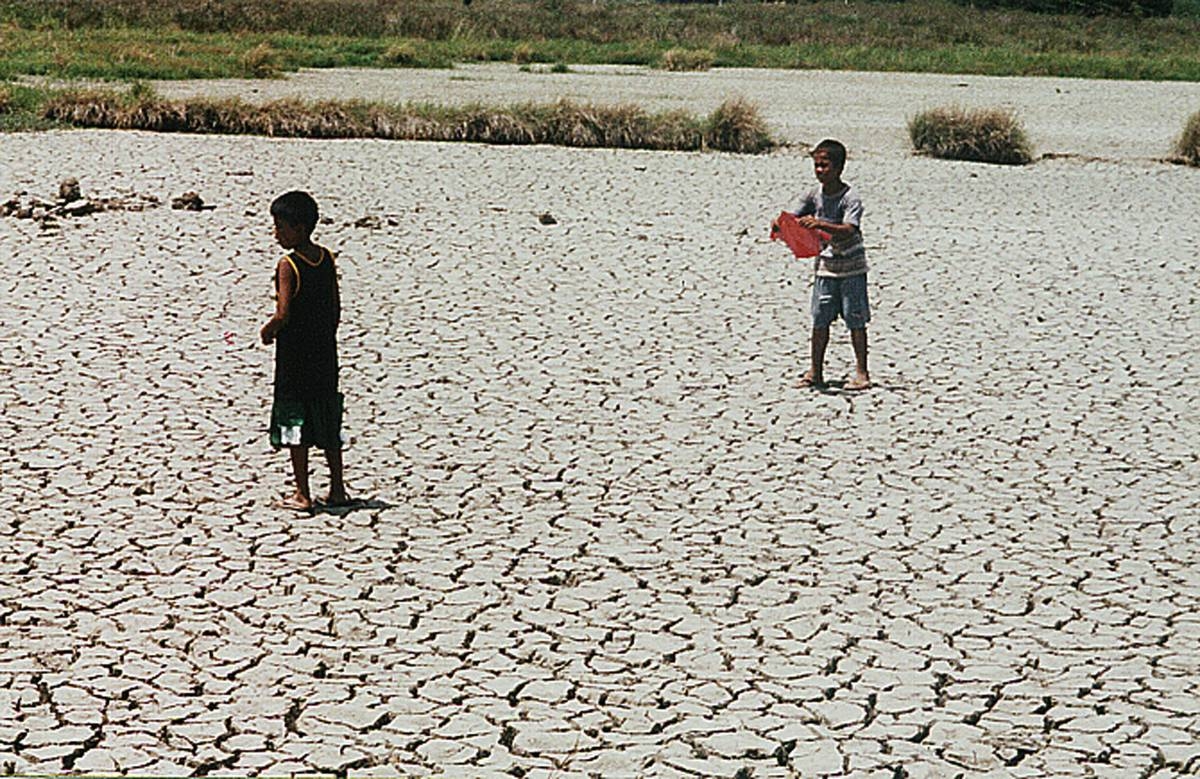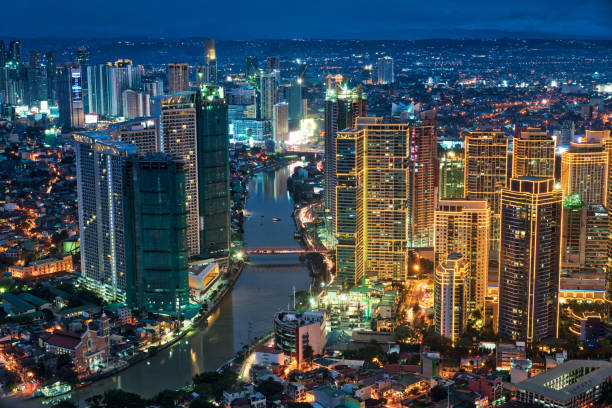METRO Manila and 26 other provinces in the Philippines are bracing themselves for a drought as the El Niño phenomenon takes hold, according to the Philippine Atmospheric, Geophysical and Astronomical Services Administration (Pagasa). The dry conditions are expected to persist until June this year, with moderate to severe drought conditions anticipated.
The affected provinces in Luzon include Abra, Benguet, Ifugao, Kalinga, Apayao, Mountain Province, Ilocos Norte, Ilocos Sur, La Union, Pangasinan, Cagayan, Isabela, Nueva Vizcaya, Quirino, Bataan, Nueva Ecija, Pampanga, Tarlac, Zambales, Aurora, Cavite, Rizal, Occidental Mindoro, and Palawan. In the Visayas, Negros Occidental faces the threat of drought, while in Mindanao, Basilan is also at risk.
Pagasa Administrator Nathaniel Servando emphasized the need to prepare for the prolonged dry spell. “Based on recent conditions, moderate to severe drought conditions would be likely until June this year,” Servando told The Manila Times.
In addition to the provinces mentioned, other areas in Luzon that could experience dry conditions include Bulacan and Quezon. In the Visayas, Bohol, Siquijor, and Southern Leyte are also expected to face dry conditions. In Mindanao, Zamboanga del Norte, Zamboanga del Sur, Zamboanga Sibugay, Bukidnon, Camiguin, Misamis Occidental, Misamis Oriental, Davao del Norte, Dinagat Islands, and Surigao del Norte are at risk.
Furthermore, Batangas, Laguna, Marinduque, Oriental Mindoro, Romblon, Spratly Islands, Camarines Norte, Camarines Sur, and Catanduanes in Luzon may experience a dry spell, while Aklan, Antique, Capiz, Guimaras, Iloilo, Negros Oriental, Cebu, Biliran, Eastern Samar, Leyte, Northern Samar, and Samar (Western Samar) in the Visayas could also face a dry spell. In Mindanao, the provinces of Lanao del Norte, Lanao del Sur, Sulu, and Tawi-Tawi are also expected to be affected.
It’s important to understand the distinction between a drought, a dry spell, and a dry condition. A drought occurs when there are five consecutive months of below-normal rainfall or three consecutive months of significantly below-normal rainfall conditions (more than 60 percent less than the average). A dry spell refers to three consecutive months of below-normal rainfall or a 21-60 percent drop in average rainfall. A dry condition is characterized by two consecutive months of below-normal rainfall or a 21-60 percent drop in average rainfall.
The Metropolitan Waterworks and Sewerage System (MWSS) has assured residents of Metro Manila that there will be enough supply of potable water from Angat Dam. However, the public is reminded to continue conserving and using water wisely to mitigate the impact of the drought.
Pagasa forecaster Benison Estareja explained that the shear line, where hot and cold air converge, is affecting the eastern sections of Southern Luzon and the Visayas. Meanwhile, the northeast monsoon, or amihan, is bringing partly cloudy to overcast skies with isolated light rains over the rest of Luzon.
In the next 24 hours, the rest of the country can expect scattered rain showers or thunderstorms due to the easterlies and localized thunderstorms, according to Pagasa.
As the drought looms, it is crucial for individuals, communities, and government agencies to take proactive measures to mitigate the impact of water scarcity. Conservation efforts, such as using water wisely and implementing efficient irrigation systems, can help alleviate the strain on water resources. It is also important for local authorities to provide timely updates and guidance to the public to ensure preparedness and resilience in the face of this challenging situation.







